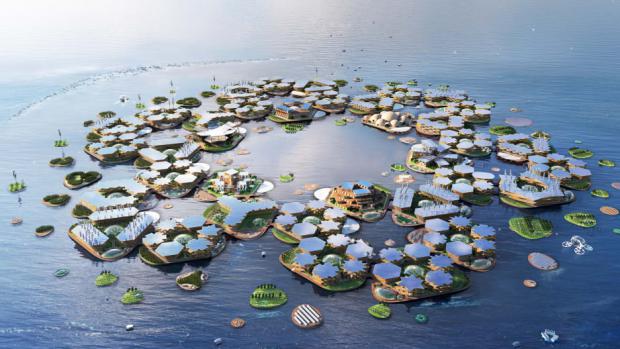
Breaking News
 Backed by Tech Billionaires, Silicon Valley Startup Quietly Weighs Plan...
Backed by Tech Billionaires, Silicon Valley Startup Quietly Weighs Plan...
 Dentistry Lies Things Your Dentist Won't Tell You!
Dentistry Lies Things Your Dentist Won't Tell You!
 Two massive quakes in 48 hours spark 'megaquake week' warnings
Two massive quakes in 48 hours spark 'megaquake week' warnings
 America's Rapidly Growing Happiness Deficit
America's Rapidly Growing Happiness Deficit
Top Tech News
 This tiny dev board is packed with features for ambitious makers
This tiny dev board is packed with features for ambitious makers
 Scientists Discover Gel to Regrow Tooth Enamel
Scientists Discover Gel to Regrow Tooth Enamel
 Vitamin C and Dandelion Root Killing Cancer Cells -- as Former CDC Director Calls for COVID-19...
Vitamin C and Dandelion Root Killing Cancer Cells -- as Former CDC Director Calls for COVID-19...
 Galactic Brain: US firm plans space-based data centers, power grid to challenge China
Galactic Brain: US firm plans space-based data centers, power grid to challenge China
 A microbial cleanup for glyphosate just earned a patent. Here's why that matters
A microbial cleanup for glyphosate just earned a patent. Here's why that matters
 Japan Breaks Internet Speed Record with 5 Million Times Faster Data Transfer
Japan Breaks Internet Speed Record with 5 Million Times Faster Data Transfer
 Advanced Propulsion Resources Part 1 of 2
Advanced Propulsion Resources Part 1 of 2
 PulsarFusion a forward-thinking UK aerospace company, is pushing the boundaries of space travel...
PulsarFusion a forward-thinking UK aerospace company, is pushing the boundaries of space travel...
 Dinky little laser box throws big-screen entertainment from inches away
Dinky little laser box throws big-screen entertainment from inches away
 'World's first' sodium-ion flashlight shines bright even at -40 ºF
'World's first' sodium-ion flashlight shines bright even at -40 ºF
Floating cities once seemed like sci-fi. Now the UN is getting on board

Bjarke Ingels Group and a company called Oceanix presented a wild concept for floating cities at the UN this week, imagining completely self-sufficient communities in the era of sea level rise.
In 2007, entrepreneur Mark Collins Chen became the minister of tourism in his native French Polynesia. One of his first tasks was to assess whether sea level rise was a threat to the group of 118 islands, located in the South Pacific. He quickly learned that one-third of all of the French Polynesian islands would be submerged by either 2035 or 2050–depending on which scientist you spoke to.
To respond to the coming crisis, Chen (who served as minister of tourism for a year) wants to build groups of floating islands that would be able to act as new human settlements not only for French Polynesia, but for the countless other islands that will suffer a similar fate–as well as the many global cities that are located on the coast. An estimated 2.4 billion people–40% of the world's population–live in a coastal region and will likely be impacted by rising sea levels as a result of climate change. In late 2018, Chen started a company called Oceanix that is aimed at building the off-shore urban infrastructure that will help people weather the problems of rising seas–as well as extreme floods and storms.



